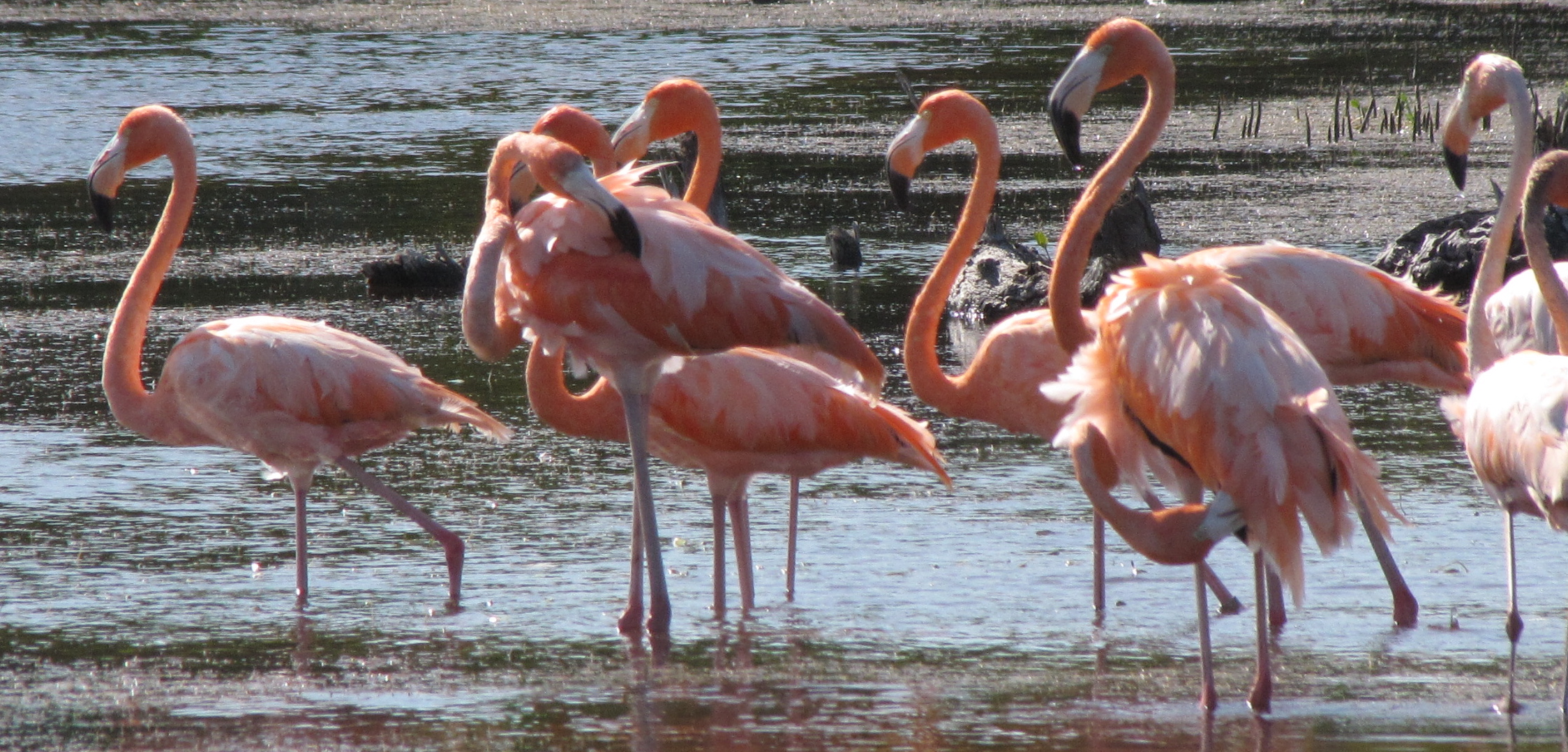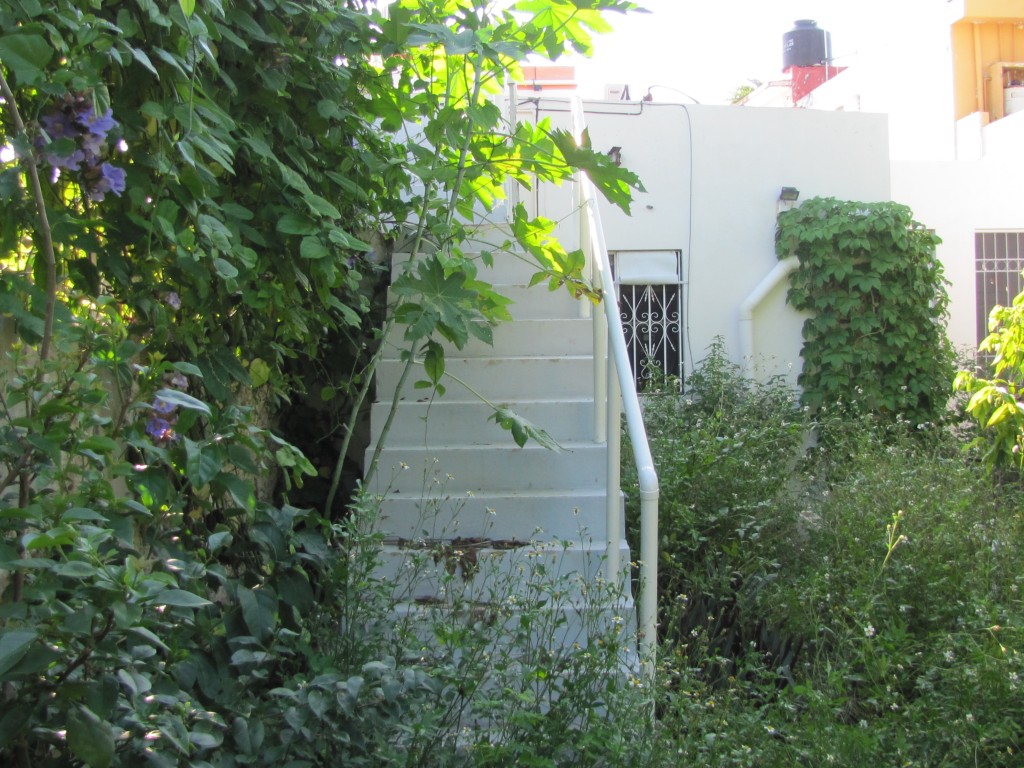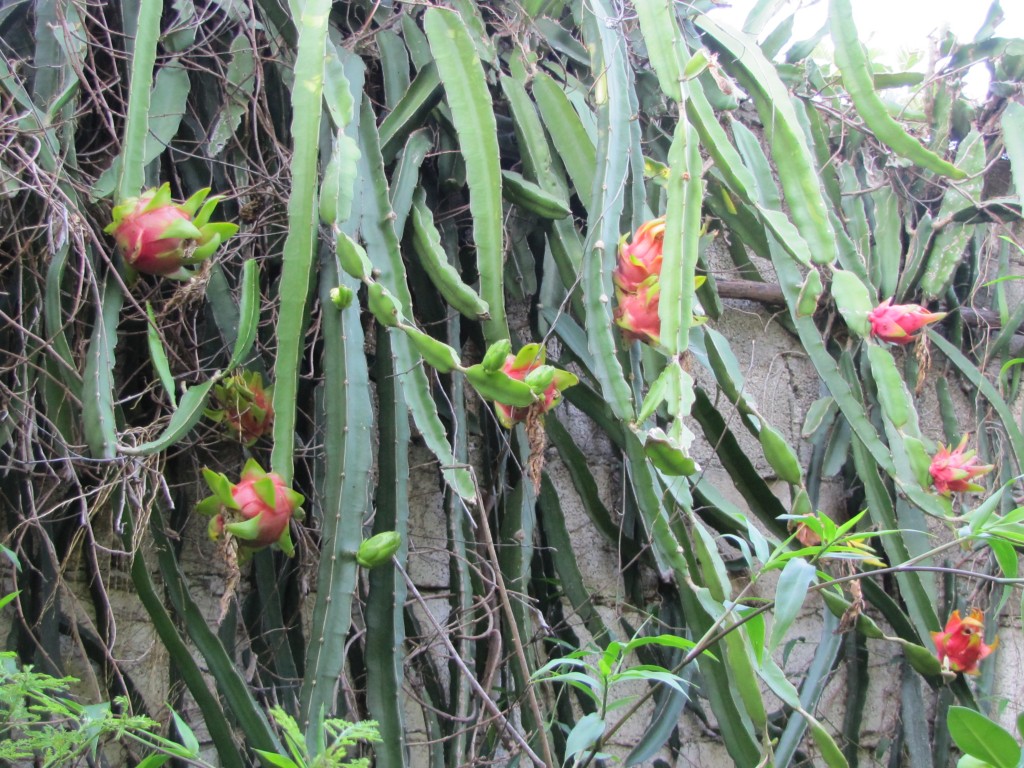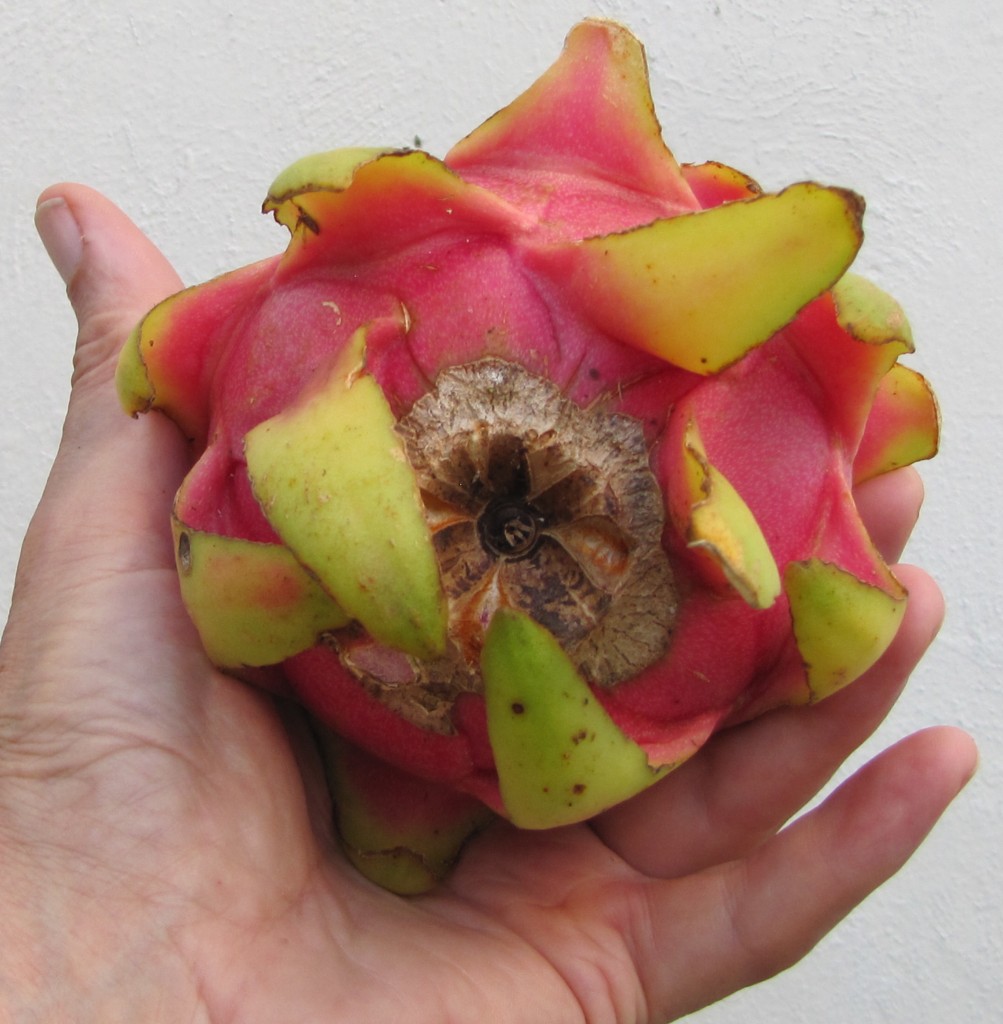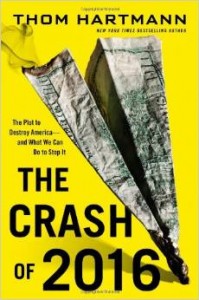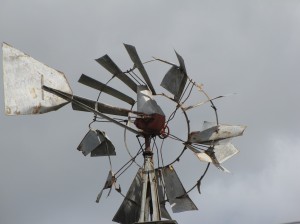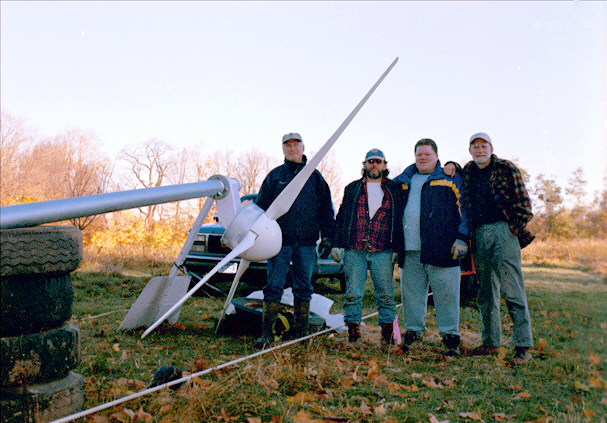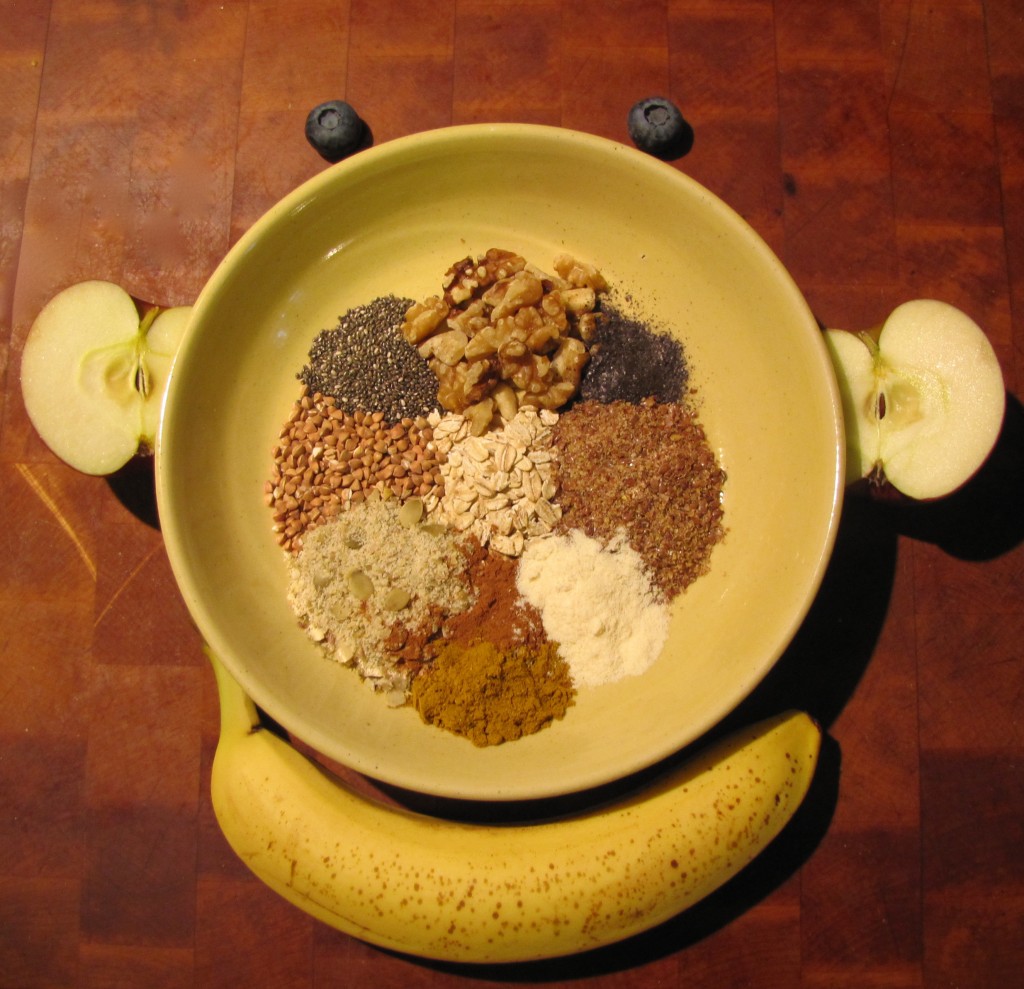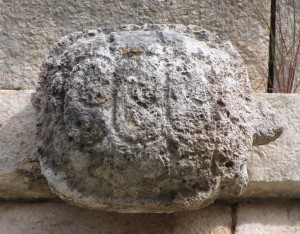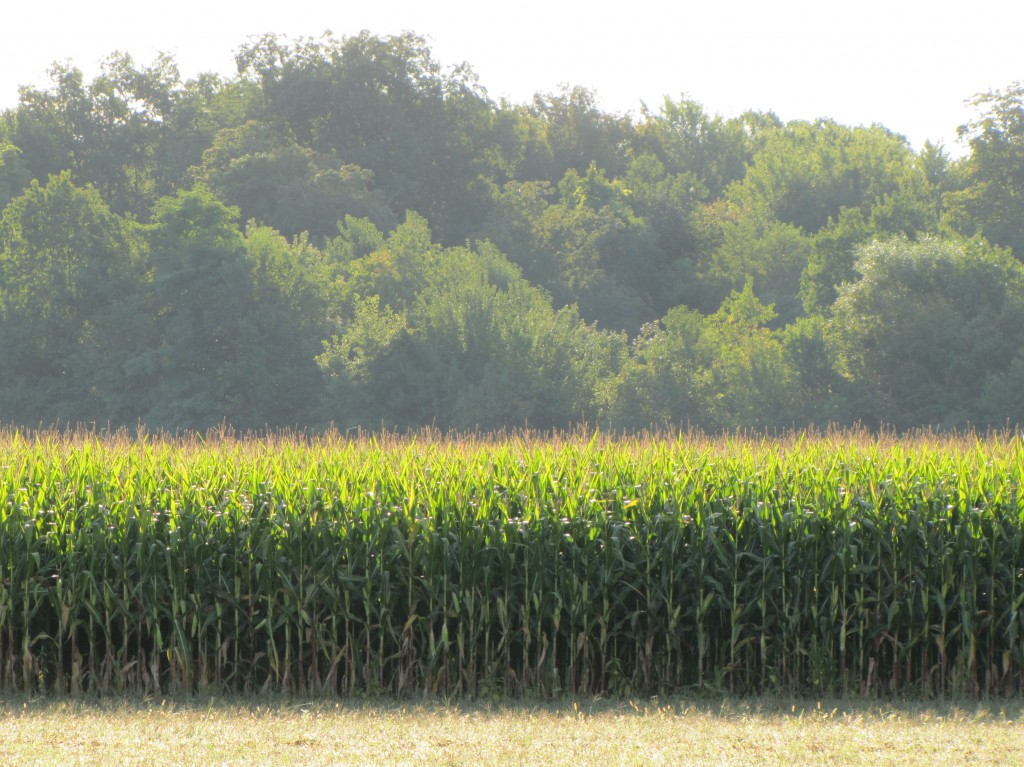We’re back in Merida, and rather stunned at the rampant growth of weeds and vines in our little corner of barrio Santiago. A fellow expat has reported that rainfall this season has been twice normal. But that needs to be translated into statistical speech, as a friend has pointed out. (Normal and average are not the same concept; and normal has a considerable range.) Water is the best fertilizer on the planet; and stuff grows! Before I share a photo of the source of the delectable fruit, above, I’ll reveal the jungle I had to brave in order to harvest it. (Presently I’ve not been inclined to bring in a gardener while away; last year wasn’t so bad, but this year was shocking.)
We added some vines and a tall trellis atop the wall, to provide a visual barrier. The vines are doing the job nicely, but other wild things crashed the party, and will soon be removed. I’m delighted to report that my efforts to control mosquitoes were amazingly effective. I provided our manager with a biological control to add weekly to the swamp which accumulated unavoidably inside the pool. I’m happy to report that I spent an hour standing shirtless in the pool while cleaning, and didn’t get a single bite. Nor did I see any larvae in the water. This product is excellent. It’s nontoxic, except to mosquitoes, disrupting the balance in their gut with a little bug which harms them alone.
Our friend Douglas gave us a banana plant which was about four feet tall when we parked it out back. That was maybe February. It rocketed up and is already heavy with fruit. I gave another to each of two adjoining neighbors to enhance the privacy of the back yard, and they are both thriving. And a different variety was also planted far to the rear of our yard which is not bearing yet, as it is somewhat shaded.
These cactus-like arms sprawl from the limestone walls of Yucatan, providing a delicious fruit in September, if the birds don’t hollow them out first. (We found several empties.) They are called pitaya, but also known locally as dragon fruit. I am tempted to call them Eye of Cyclops. They require little or no soil, sending out roots in the air, to wend their way into crevices in the stone. The taste is sweet but subtle, and the little black seeds are about the size and shape of sesame seeds, and are soft but pleasantly crunchy.
